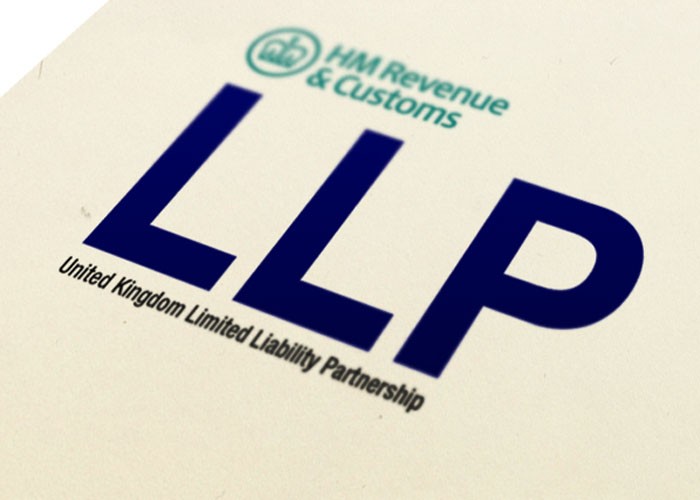Structuring a Hedge Fund and Fund Management Company The Legal Issues Part Three Hedge Think
Post on: 26 Май, 2015 No Comment

In part two we explored the common fund structures for those aiming to attract European investors, and the issues surrounding structuring a fund management company. In part three, we look at how to effectively draft legal documents relating to fund establishment, as well as examining the best profit arrangements with regard to LLPs.
Drafting the legal document
In essence, good legal document drafting will help you avoid future conflict. In order to do this effectively, the first area of a partnership agreement that needs to be negotiated is �default provisions�. Provided the manager has not excluded them in the partnership agreement, the default provisions are contained within the Limited Liability Partnerships Act, on which the LLP concept is founded.
Default provisions cover a range of potential areas of dispute, and include:
Regulation 8 no majority of the members can expel any member unless a power to do so has been conferred by express agreement between the members
Regulation 7.1 all members are entitled to share equally in the capital and profits of the LLP
Regulation 7.3 every member may take part in the management of the LLP
Duties of good faith
The next issue to address when creating a partnership agreement is with regard to determining the extent to which duties of good faith are exercised within the partnership. All partnership arrangements are subject to such fiduciary duties, but it is the extent to which partners of an LLP owe duties of good faith to the entity or to individual members, that needs to be agreed upon.
Preparing for the worst
When drafting a legal partnership agreement document, it pays to think seriously about all potential outcomes for the fund. That includes deciding what should happen should a partner wish to leave the firm. Buy-out options should be considered, allowing each partner to understand the full financial implications of leaving, whether they leave on their own terms or in the midst of a dispute.
Another potential pitfall for any fund is the under-performance, or non-performance, of individuals. It is up to the partners to decide at this early stage what exactly will constitute �under-performance�, and what the outcome will be for any individuals responsible.
Leave nothing open-ended

Essentially, you want to cover all of your bases with your legal document. Ensure that you consider every possible outcome, and leave nothing to interpretation in the partnership agreement.
Profit arrangements in an LLP
The economic returns of the management company come from incentive and management fees. These fees pass to the LLP, and the LLP agreement make clear what is to happen to the residual profit, ie, the amount left over after deducting employee wages, regulatory capital requirements, operational costs, and so on.
Typically, residual profit was split across the partners. Annually, the LLPs controlling principal, generally the founding partner, will determine who gets what percentage for the year ahead.
However, following the 2013 European AIFM Directive, a deferral mechanism now needs to be established. This means instead of each partner having their full profit allocation each year, it instead has to be re-invested back into the fund, being distributed back to the partner over a three- to five-year period.
This AIFM Directive highlights the importance of properly considering the issue of regulation when it comes to legally establishing a management company. Managers now have to decide whether to structure the company purely as an LLP, falling under the AIFM Directive, or to avoid its reach and instead set the structure up as a Cayman management entity.
Other articles in this series:














